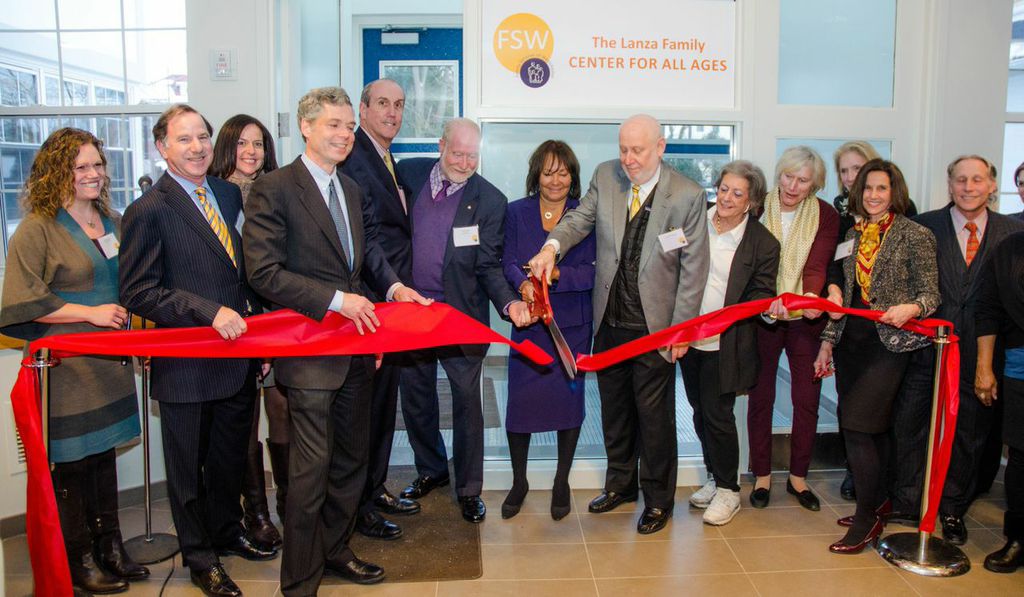Mahopac-Carmel Biz Owners Rally to Stop New Signage Laws
The Carmel Town Board scrapped plans to enforce new proposed signage laws after a throng of local Mahopac and Carmel business owners flooded town hall during a Feb. 25 meeting.
After more than two hours of public comment about the new proposed set of ordinances that would hit the business districts of Mahopac and Carmel, which critics claimed were too restrictive, town board members agreed to put a complete halt to the process and start from scratch, a sigh of relief to almost a hundred business owners that attended.
“I think the initial result is a complete success for the business community,” Mike Bucci, the CEO of the Mahopac-Carmel Chamber of Commerce said a few days after the meeting.
While these set of laws were stopped cold, Bucci said the business community must stay involved to help shape a set of signage laws that are pro-business. While acknowledging the challenge, Bucci expressed confidence it can be done where business owners don’t feel disenfranchised by the local government.
Some of the proposed laws included banning backlit signs, neon signs, incandescent light sources, and flashing, moving, or changing colors on LED lights. Additionally, portable sandwich signs or also known as A-frame boards would be outlawed.
The suggested changes also focused on the size and color of the signs, noting that colors could only be muted in earth tones. Signs in windows could not be any more than 10 percent of the window.
Business owners, many of them along Route 6, slammed the set of proposals. Legislator Carl Albano, who owns and runs Albano Insurance Agency, questioned why the town board would go through with signage ordinances without first putting together a conceptual plan on how the board wants to see the town look 20 years into the future.
“If we don’t have that first, we don’t know where we’re going,” Albano said. “We’re just passing laws and doing things that are temporary fixes.”
Bucci said during the public hearing with many businesses continuing to pull itself up from the Great Recession, now is the wrong time put more regulations on businesses. He said signage is an effective way to reach new customers driving on Route 6. Bucci added, “Please instead of going from 80 miles an hour to zero miles an hour, we compromise.”
More than 20 business owners and residents continued to speak out throughout the nearly three and a half hour hearing.
Barbershop owner Bobby Cobelli-Zizolfo said businesses have “five seconds to show someone who you are, what you are, and what you provide.”
“We want things to be beautiful and we want things to be uniformed,” Cobelli- Zizolfo said. “But if you don’t suit the needs to individual businesses, and allow them to do what they need to do to create their revenue, all you’re going to have is a bunch of beautiful, uniformed closed storefronts.”
Al Bates, who owns a Mahopac carwash, said simply, “My identity is my signs.”
“The reduction and elimination of these signs would be very detrimental to our area as would the prohibition and placement of new ones,” longtime resident Jack Tesler added.
Resident Pat O’Malley, who is the chairman of the Northern Westchester/ Putnam St Patrick’s Day Parade committee, voiced the committee’s disapproval that the town could start charging $1,500 to put up the promotional banners, many of which advertise for non-profits. He calls the cost “exorbitant.”
Putnam County Chambers of Commerce chairwoman Jennifer Maher also complained about the $1,500 fee, stating how insane that charge would be to non- profits who are filled with volunteers and bring many visitors to the area.
Councilman Jonathan Schneider stated the $1,500 charge is actually how much it cost the town highway department to put the banners up and the town must find ways to tighten costs.
When prompted, town board members said they didn’t conduct a formal study before proposing those signage laws, but did hear complaints from numerous residents about the lacking aesthetic of the town.
Bucci said he would like to see the town do a formal study before moving forward with a revised set of signage laws and that the business community must continue to collaborate with the town board.
Bucci, who noted last Wednesday is a prime example why a chamber of commerce is valuable, stated, “Now the real work begins for our Chamber of Commerce.”

